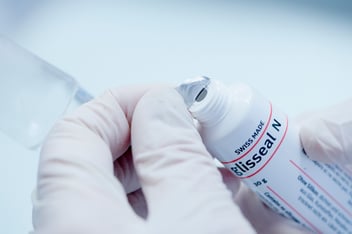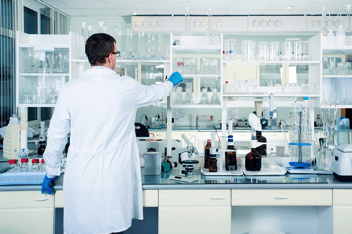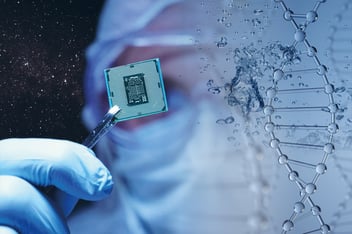Reading time: 12min.
Borer Chemie, 30. August 2023
Why are some instruments able to endure a high number of use cycles without rust developing, while others may show signs of corrosion relatively quickly?
When instruments are manufactured, they do not initially have a protective passive layer, as this only forms gradually. In this process, the chromium atoms added to the iron react with the oxygen in the air and form a protective chromium oxide layer. However, negative influences can lead to depassivation or partial damage to the passive layer. Factors such as the presence of chlorides (saline solutions, bodily fluids), mechanical effects during use or transportation or due to steam sterilisation could result in this damage.
Certain aggressive conditions here, such as the use of demineralised water which wants to absorb ions, combined with high temperatures from 121 to 137°C and saturated vapour pressure, result in this damage to the passive layer and consequently encourage the formation of corrosion. When it comes to new stainless steel instruments, a protective passive layer should therefore be generated before first use.
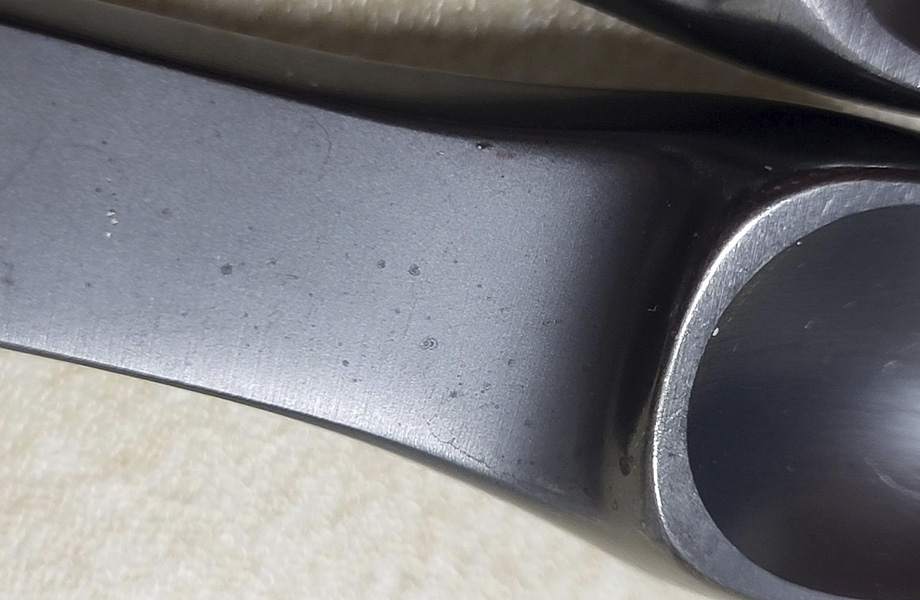
Due to the current mix of materials used in instruments (aluminium, non-ferrous metals and titanium), the treatment method of using highly alkaline cleaners and subsequent neutralisation with acid (which was traditionally used in the past) has become almost impossible.
deconex® 34 GR: for a strong and stable passive layer
If a protective passive layer has not yet been generated or it is damaged, there may be free iron molecules on the metal’s surface which react with water and the oxygen in the air to form rust.
Our state-of-the-art formulation chemistry, deconex® 34 GR, based on phosphoric and nitric acid used as part of a special passivation process, binds with the free iron molecules and removes them from the instrument. This forms a strong passive layer consisting of chromium oxides and chromium phosphates.
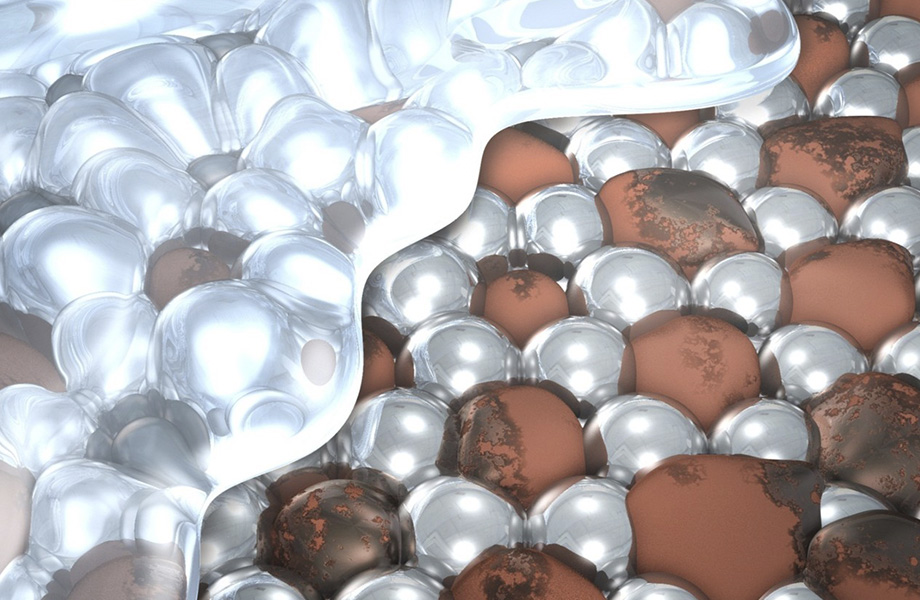
Representation of the formation of a strong passive layer.
Passivation with phosphoric/nitric acid: five times thicker passive layer
In practice, there are essentially two tried-and-tested methods for passivation: one is based on citric acid and the other is based on phosphoric/nitric acid (deconex® 34 GR). The effectiveness of both methods has been investigated in a study from EMPA (SWISS Federal Laboratories for Materials Science and Technology) in Switzerland using HAXPES (Hard X-ray Photoelectron Spectroscopy). This innovative analysis method enables deeper layer thicknesses to be measured and therefore demonstrates differences in quality.
The results of this study are striking: while passivation based on citric acid forms a passive layer of approximately 2 nm in practice, deconex® 34 GR was able to form a passive layer that is five times thicker (10 nm). However, it is not just the thickness of the passive layer that makes the difference, but also its composition. While chromium oxides are formed when carrying out passivation with citric acid, a more stable layer consisting of chromium oxides and chromium phosphates is formed when using deconex® 34 GR.
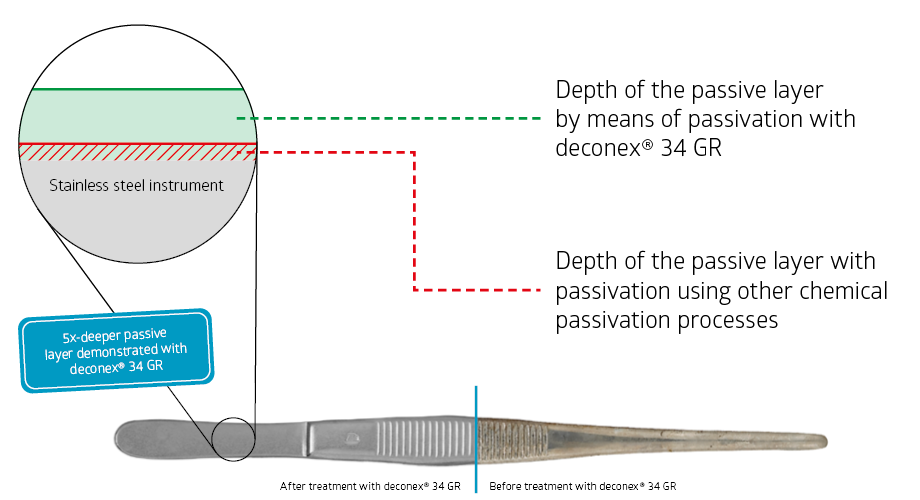
Passivation with phosphoric/nitric acid produces a passive layer that is approximately five times thicker than with citric acid
At a glance: five outstanding benefits of deconex® 34 GR
deconex® 34 GR shines when used in combination with the recommended passivation method thanks to its performance and ease of use. It also offers five outstanding benefits compared to products based on citric acid:
- Reduced costs due to saving chemicals: only a single passivation process is required due to the excellent passivation characteristics
- Thick passive layer: provides long-term protection for surgical instruments during use, transportation, preparation and sterilisation
- Significant reduction in repair costs
- Decrease in replacement purchases due to damaged instruments
- Reduction in/delay of new purchases
After repairs or thorough cleaning: passivation using deconex® 34 GR
The passive layer of surgical instruments can also be damaged by repairs or through deep cleaning to remove inorganic soils. It is therefore also advisable to perform the passivation process using deconex® 34 GR in these cases.
